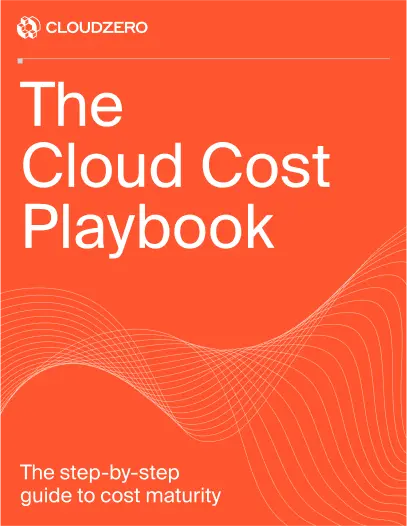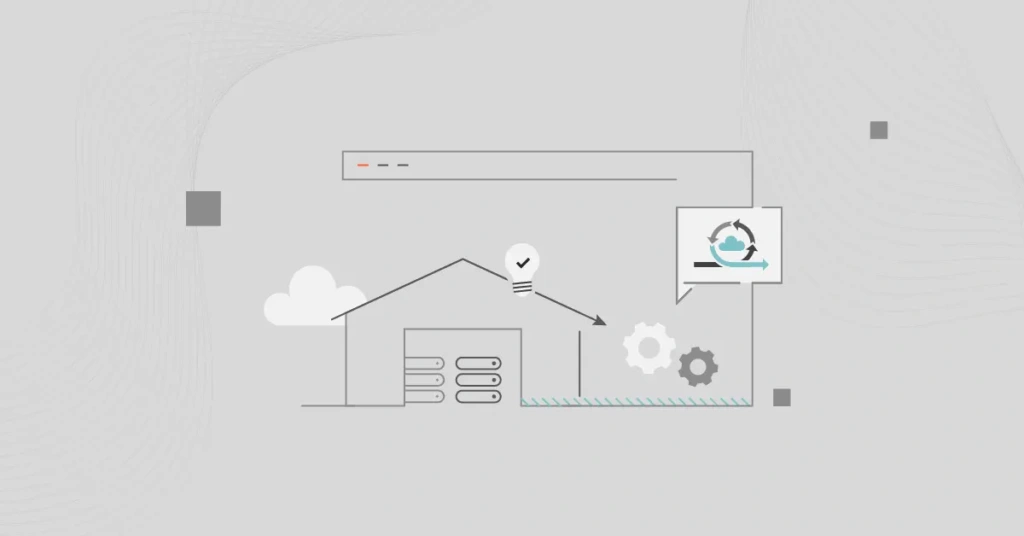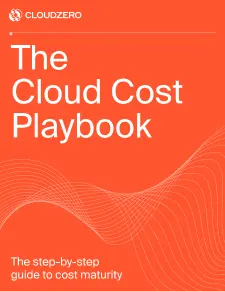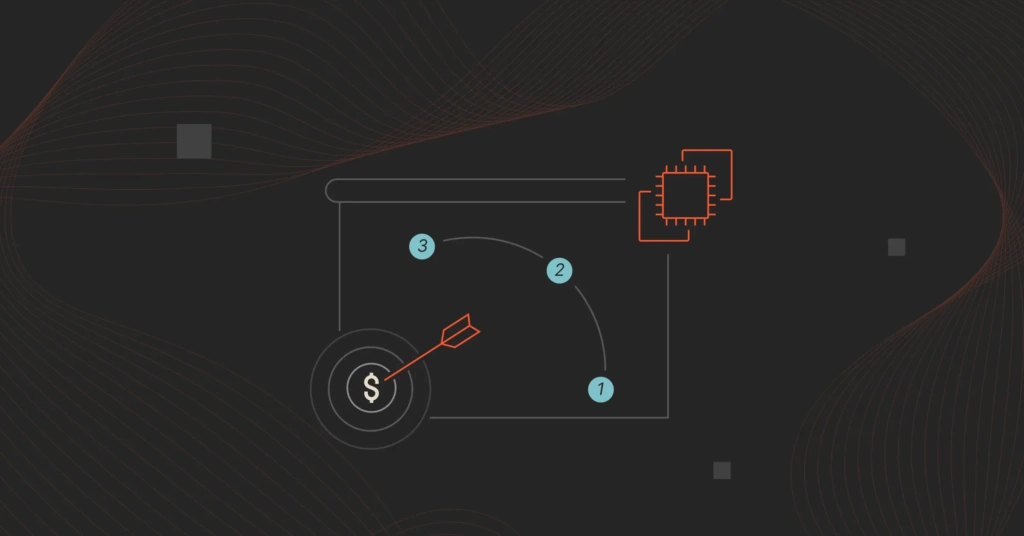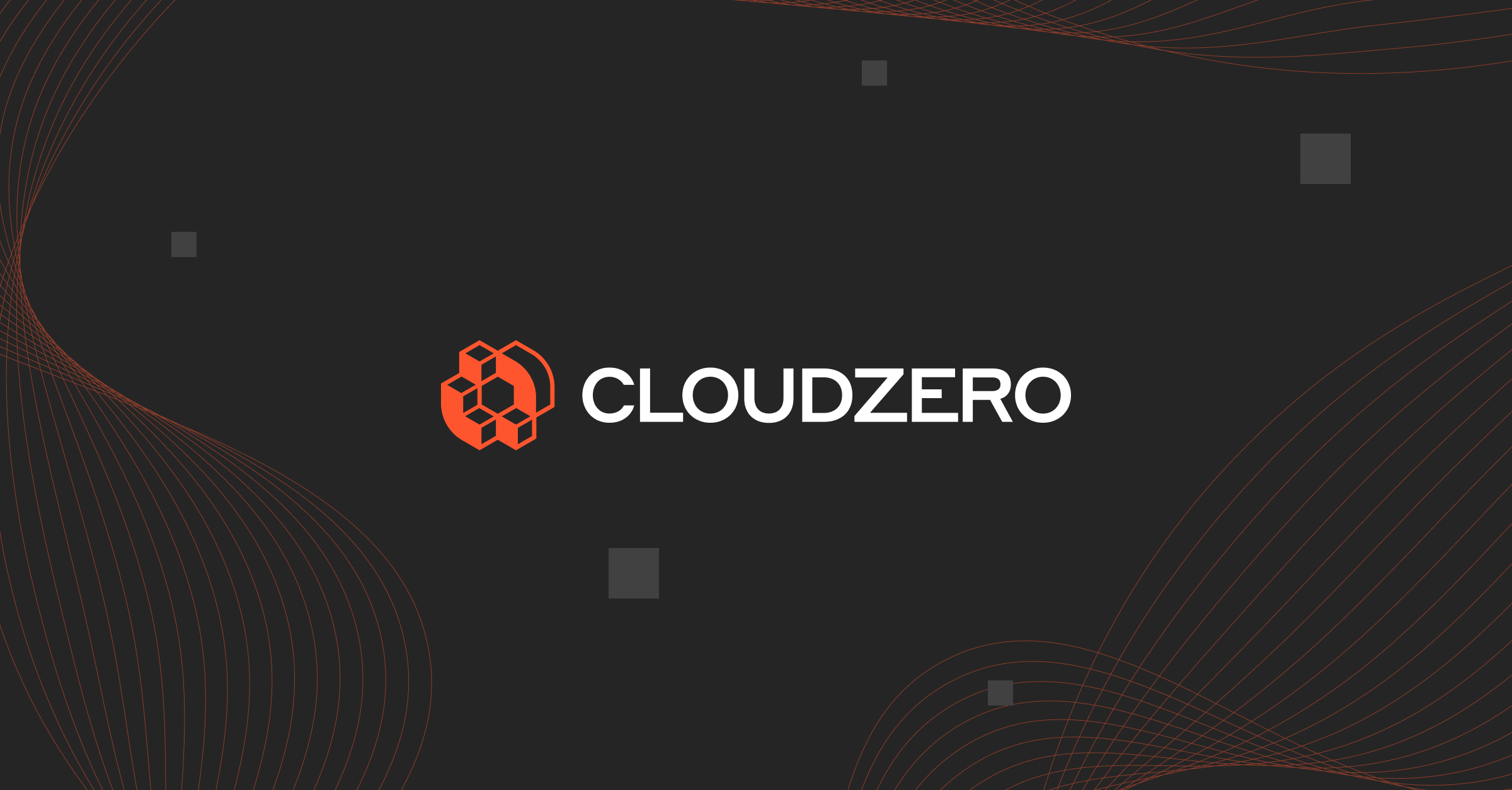The obituary for the data center was written too soon. While the cloud dominates today’s IT headlines, traditional infrastructure hasn’t disappeared. It is evolving. Enterprises still rely on data centers for control, compliance, and reliability.
However, they are increasingly needing the agility, scalability, and cost visibility that the cloud promises.
Cloud managed data center services are bridging this gap.
In this guide, we’ll explain what these managed services are, break down how they work, and compare them with other infrastructure models. Then we’ll explore how the right approach can help your teams balance control, agility, and efficiency at scale.
What Are Cloud Managed Data Center Services?
CMDCS is a third-party solution that combines the reliability and control of traditional data centers with the scalability, automation, and cost flexibility of the cloud.
This lets enterprises modernize legacy workloads, connect seamlessly to public cloud platforms, and run infrastructure as a service, without the overhead of owning and maintaining a data center.
Instead of managing racks, cooling systems, backups, and compliance controls in-house, enterprises partner with a provider that handles these day-to-day operations on their behalf.
Think of it as a hybrid operating model that bridges the old and the new.
How Cloud Managed Data Center Services Work
Instead of your IT team handling everything from racking servers to patching software, a managed service provider takes on the heavy lifting, including cloud-native integrations.
Here’s what the operating model looks like in practice:
- Physical infrastructure (the foundation). The provider owns or manages the data center facility, including power, cooling, and physical security. Your enterprise leases capacity without worrying about facilities management.
- Compute, storage, and networking (the building blocks). The provider provisions and maintains these. Your enterprise can scale resources up or down as needed without new hardware purchases.
- Virtualization and container platforms (the middle layer). Virtual machines and/or managed Kubernetes environments sit above the hardware. This enables workload flexibility and modern app deployment without losing control.
- Managed services (the value-add). The provider’s ops team handles proactive monitoring, patch management, disaster recovery, backups, and security updates. Many providers also offer managed database, middleware, or DevOps pipeline support.
- Integration with the public cloud (the agility layer). Private workloads connect directly to AWS, Azure, or GCP via dedicated interconnects. This supports hybrid architectures, such as steady-state workloads in the managed DC, with bursts or DR failovers into the public cloud.
- Operations and governance (the ongoing glue). Service level agreements (SLAs) define uptime and performance. APIs and management consoles provide visibility into usage, costs, and security posture. In co-managed models, responsibilities are split between your team (which controls strategy and some applications) and the provider (who ensures infrastructure health).
For SaaS leaders and CTOs, that translates to extending the lifespan of existing on-prem investments while moving closer to a cloud-native future. That’s not all.
The Capabilities That Define Best-in-Class Managed Data Centers (What CTOs Need To Know)
Here’s what that looks like in practice.
Proactive monitoring and incident response
Instead of waiting for something to break, the provider monitors your infrastructure around the clock. They use automated alerts and runbooks to detect and address issues before they escalate. It’s a good approach to reducing downtime and shortening mean time to recovery (MTTR).
Security and compliance controls
Here, the managed provider delivers continuous patching, vulnerability scanning, and intrusion detection, while also aligning with standards such as SOC 2, HIPAA, and GDPR.
Backup and disaster recovery
Managed data centers typically include tiered backup strategies, with redundant copies stored across locations and recovery objectives defined in service agreements. You can hold providers accountable through SLAs.
Network optimization and connectivity
Performance is reinforced through redundant connections, load balancing, and direct interconnects to cloud platforms. You can place steady workloads in the managed data center while seamlessly bursting into the public cloud when demand spikes.
Resource provisioning and automation
Provisioning resources no longer means waiting weeks for hardware. With self-service portals, APIs, and integrations with Infrastructure-as-Code tools like Terraform or Ansible, your team can spin up compute and storage almost as quickly as they would in a public cloud.
Hybrid and multi-cloud support
Cloud managed providers support seamless integration with AWS, Azure, and GCP. This means you can distribute workloads wherever they’re most cost-effective, without sacrificing reliability or compliance.
Managed platforms and middleware
Beyond infrastructure, many providers extend their services to databases, container orchestration, middleware, or even full DevOps pipeline support.
That said, cloud-managed data center services don’t all look alike.
The 4 Types Of Cloud Managed Data Center Services (And When To Choose Each)
You’ll find different models depending on how much control your SaaS enterprise wants to retain, how much management you’re comfortable outsourcing, and what kinds of workloads you need to support.
Broadly, these services fall into four categories.
1. Managed hosting
In this model, the provider supplies and maintains the physical servers, storage, and networking gear. You consume them as a managed service. This setup is a good fit if you want cloud-like convenience without relinquishing your reliance on traditional infrastructure.
2. Colocation with managed services
Here, you’ll still own the hardware, but it’ll be in a third-party facility. Your provider adds value by managing day-to-day operations, from monitoring and patching to backup and disaster recovery. This approach tends to be more popular among companies that have made significant investments in hardware but want to reduce the burden on their internal teams.
3. Hybrid managed data centers
A hybrid managed model combines private infrastructure in the data center with direct connectivity to public cloud platforms. Your workloads can live in the environment best suited to them. Think of latency-sensitive (like gaming and real-time analytics) or regulated applications in a managed DC, and burstable or experimental workloads in the public cloud.
4. Fully managed cloud adjacency
In this setup, the data center sits right next to the cloud, often in the same colocation ecosystem as AWS, Azure, or GCP. The provider manages everything, and you can route workloads between your managed environment and cloud services with minimal latency. The setup is ideal if you are looking to run steady workloads privately while seamlessly tapping into cloud elasticity for growth or disaster recovery.
While the specific service model you choose depends on your business goals, it helps to see how cloud managed data centers stack up against other options like on-premises, colocation, and public cloud.
On-Prem Vs. Colocation Vs. Cloud Managed DC Vs. Public Cloud
This comparison highlights the differences in ownership, scalability, cost model, and best-fit use cases.
|
Model |
Ownership |
Scalability |
Cost model |
Ideal for |
|
On-Premises Data Center |
The enterprise owns and manages facility, hardware, and operations |
Limited. Scaling requires new hardware and facilities |
Heavy CAPEX for infrastructure. Ongoing OPEX for staff and maintenance |
Organizations needing maximum control, often with strict security or data sovereignty needs |
|
Colocation |
Your enterprise owns hardware; provider supplies facility, power, cooling, and connectivity |
Moderate. Scaling requires purchasing and installing new hardware |
CAPEX for hardware. Recurring OPEX for space, power, and interconnects |
Companies with existing hardware investments that want professional facilities without running their own DC |
|
Cloud Managed Data Center |
The provider owns facility and infrastructure; manages operations, monitoring, security, and connectivity |
High. Resources provisioned quickly, often with hybrid cloud interconnects |
OPEX subscription with potential hidden costs (egress, cross-connects, DR tiers) |
Enterprises seeking a balance between control and agility (hybrid SaaS platforms and regulated industries) |
|
Public Cloud |
The provider owns and manages everything; customers consume services via APIs |
Virtually unlimited. Scales up or down on demand |
Pure OPEX. Pay-as-you-go pricing with variable spend |
Organizations prioritizing agility, global reach, and cloud-native development |
Table: A comparison of the different managed cloud service models
For many organizations, cloud managed data centers strike the balance between control and agility. And that’s not all.
The Enterprise Advantage: What Makes CFOs Choose Managed Data Center Services Over Pure Cloud
By shifting responsibility for infrastructure operations to a trusted provider, your SaaS enterprise unlocks advantages that resonate across engineering, DevSecOps, and the C-suite.
- For engineers, the most immediate benefit is freedom from infrastructure toil
Instead of babysitting servers, applying patches, or chasing down hardware failures, your devs and ops teams can focus on building features, optimizing applications, and innovating. That translates into faster release cycles and more time spent solving customer problems rather than wrestling with infrastructure.
- DevSecOps leaders gain peace of mind through stronger, more consistent security and compliance
Managed providers bring continuous monitoring, vulnerability management, and audit-ready processes that reduce the burden of regulatory alignment. And that can mean shifting focus from firefighting to strategic improvements, such as zero trust adoption or advanced threat modeling.
- For CTOs, cloud managed data centers offer a strategic bridge between legacy systems and cloud-native architectures.
They extend the lifespan of existing investments while providing the agility needed to experiment with new workloads in hybrid or multi-cloud environments. This flexibility means modernization doesn’t have to be a risky all-in move. Instead, it can be an incremental journey.
- CFOs, meanwhile, see value in cost predictability and reduced financial risk.
Converting large CAPEX outlays into OPEX commitments allows for cleaner forecasting and budget alignment. Ideally, downtime is minimized, compliance fines are less likely, and hidden costs are also reduced. The result is a clearer cost-to-value story, where infrastructure spend is easier to justify against business outcomes.
Now, perhaps you are wondering, “Okay, I get what managed DC services offer and why they matter, but what’s this going to cost us?” In that case, consider the following.
The Hidden Economics Of Cloud Managed Data Centers
Cloud managed data center services replace CAPEX-heavy hardware with OPEX-based subscriptions. Budgets become more predictable, but not necessarily transparent.
Providers charge for footprint, storage, interconnects, and support, but hidden costs often appear in egress fees, premium cross-connects, backup retention, or disaster recovery tiers.
Without clear cost visibility, these line items can erode the efficiency that managed services promise.
However, you can use a platform like CloudZero to bring these data centers and public cloud costs into one view, like this:
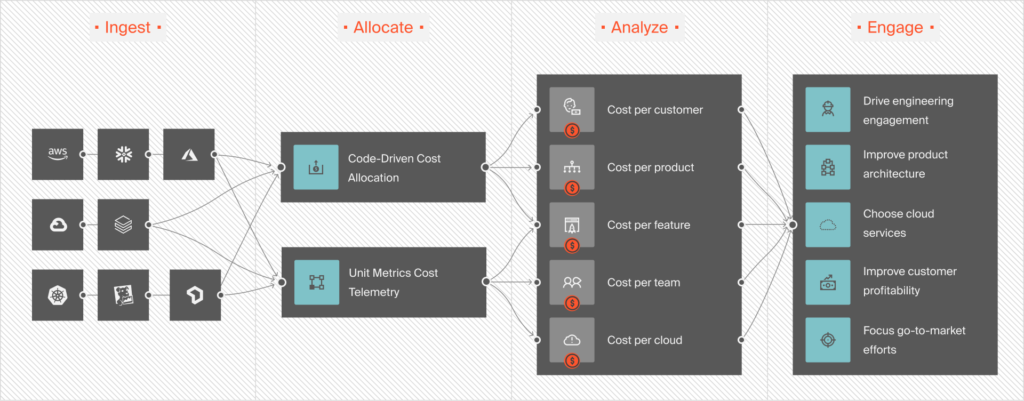
With CloudZero, you can:
- Baseline costs before migration
- Attribute spend to specific products, features, or individual customers
- Track your unit economics in real time
- Surface hidden charges and anomalies instantly
See it in action with your free CloudZero product tour here.
Now, deciding how to get there often requires a clear migration and modernization path.
The Smart Migration Strategy Modernizes Without Breaking What Works
Moving to cloud managed data center services is rarely a one-step shift.
Most enterprises start with a simple rehost, a “lift and shift” into a provider’s facility, to reduce operational burden quickly. Over time, they replatform to use managed middleware or Kubernetes, and selectively refactor workloads for hybrid or multi-cloud agility.
This staged approach reflects the “7Rs of migration,” where managed data centers are particularly useful for rehosting and replatforming. A proof of concept or pilot run, typically 30–60 days, helps validate performance, compliance, recovery processes, and costs before scaling production workloads.
Here, workloads that look cheaper can end up costing more once egress fees, compliance tiers, or DR commitments are factored in.
With CloudZero, you can baseline costs pre-migration and track your unit economics afterward. You can ensure each step of modernization delivers the intended financial and operational gains.
Yet, understanding the cost dynamics of CMDCS is only half the story. The other half is selecting a provider who won’t undermine those expectations with hidden fees or operational blind spots.
The Smart Buyer’s Guide To Choosing The Right Cloud Managed Data Center Provider
The right partner shapes not just how secure and scalable your infrastructure is, but also how transparent your spending remains. And with CloudZero, you can hold providers accountable long after the contract is signed.
Start with the basics. Strong security and compliance credentials are non-negotiable. Think of ISO 27001, SOC 2, HIPAA, or GDPR. Also, SLAs must clearly explain uptime, latency, and recovery methods.
Integration with public cloud platforms is another must, whether through direct interconnects or API access for IaC tools. Geographic reach and scalability should also align with your business growth and data residency requirements.
Pricing transparency, however, is often where providers fall short. Many advertise flat bundles but downplay true costs in egress, interconnects, or DR tiers. Again, you can use CloudZero to bridge this gap. You’ll empower your team with visibility into real spend patterns, enabling them to identify and mitigate hidden costs before they derail your budgets.
Finally, formalize your evaluation with an RFP checklist covering security, SLAs, interconnects, APIs, pricing, and exit strategies. This ensures you avoid vendor lock-in and maintain long-term flexibility.
Cloud Managed Data Centers Are The New Normal — Here’s How To Get On The Winning Side
The enterprise data center is converging with the cloud. And the real question is no longer whether to adopt cloud managed data center services, but how to run them profitably.
The winners are not simply outsourcing their infrastructure and hoping for the best. They are aligning every workload placement, SLA, and compliance decision with clear financial intelligence.
By unifying costs across managed data centers and public clouds, CloudZero transforms your hybrid infrastructure from a cost center into clear insights on who, what, and why. You’ll know exactly which levers to pull to protect margins, without slowing your digital transformation.
Instead of reacting to surprises, your team will know how to plan migrations, place workloads where they’re most efficient, and scale with confidence.
That’s why leading teams at Duolingo, Coinbase, and Skyscanner trust CloudZero to understand, optimize, and control their cloud costs with precision. It’s how we helped Upstart save over $20 million. And you can make your hybrid costs just as clear.  and start running your stack with confidence.
and start running your stack with confidence.
